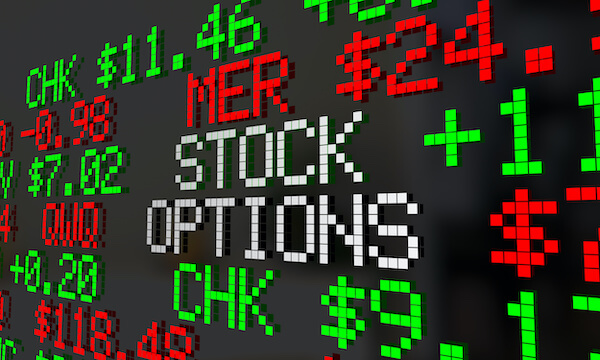Over the last few weeks, we’ve covered quite a few hot topics when it comes to options.
In fact, we recently reported:
- Options 101: What is a Straddle?
- Why Options Trading Has Become Obscenely Popular
- What is the Option Chain?
- Options 101: Key Terminology All Traders Should Understand
Today, we wanted to dive into three other terms you’ll hear often: “in the money” (ITM), “at the money” (ATM), and “out of the money” (OTM).

“In the money,” or ITM
In-the-money options have intrinsic value, or represent the value an option would have it were closed today. For example, if a call option strike price is $25 and the price of the underlying stock is $30, the call option is in the money by, or has an has intrinsic value of, $5.
Let’s look at it another way: at the moment, Apple trades at $147. If I were to buy a call option with a strike price of $145, my call would have $2 of intrinsic value. Simply put, calls with a strike price below the underlying stock price are ITM. Put options with strikes above the underlying stock price are also ITM.
“At the money,” or ATM
At-the-money options have a strike price close to or at where the underlying stock currently trades. Let’s use Apple as an example again: if I were to buy a call option with a strike price of $147, and Apple currently trades at $137, my call is considered at the money.
“Out of the money,” or OTM
As you might expect, “out of the money” is the opposite of “in the money.”
Out-of-the-money options have no intrinsic value. Apple trades at $147. If I were to buy a call option with a strike price of $155, there’s no intrinsic value. Calls with strike prices above the underlying stock are OTM, as are puts with strikes below the underlying stock price.
Review that a few times. It becomes easier to remember with practice.





